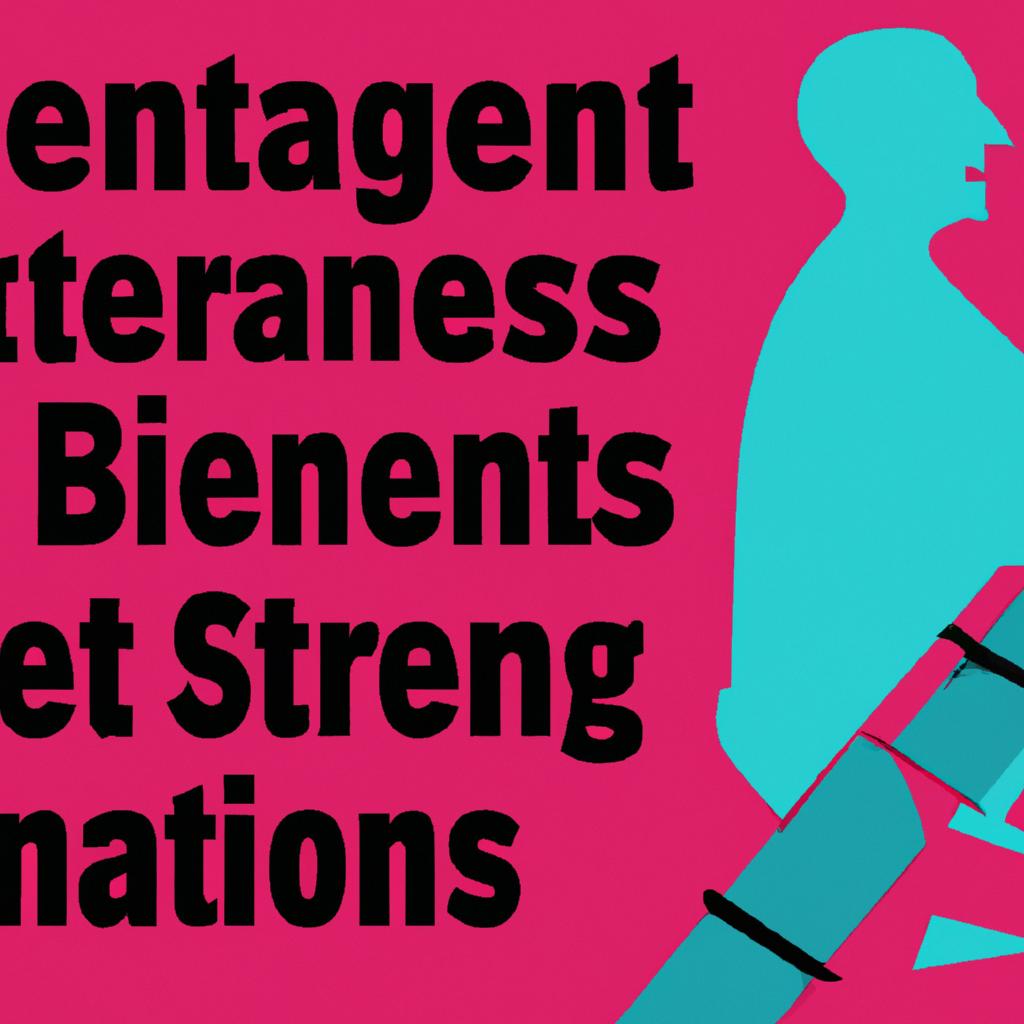**”The Benefits of Functional Training for Seniors: Enhancing Mobility, Strength, and Independence in Aging Populations”**
# The Benefits of Functional Training for Seniors: Enhancing Mobility, Strength, and Independence in Aging Populations
As we age, maintaining our independence and quality of life becomes increasingly important. One of the most effective ways to achieve this is through functional training, a form of exercise that focuses on improving the physical capabilities necessary for daily activities. For seniors, functional training can enhance mobility, strength, and overall independence, allowing them to navigate their daily lives with confidence and ease. In this blog post, we will explore the many benefits of functional training for seniors, along with nutrition tips, exercise advice, and health benefits associated with this dynamic approach to fitness.
## Understanding Functional Training
### What is Functional Training?
Functional training involves exercises that mimic everyday activities, such as bending, lifting, and reaching. By focusing on movements that are relevant to daily life, functional training helps seniors strengthen the muscles and improve the coordination needed for routine tasks. This form of training is adaptable and can be modified to suit different fitness levels, making it an ideal choice for older adults.
### Why is Functional Training Important for Seniors?
As we age, our bodies naturally lose muscle mass, flexibility, and balance, which can hinder our ability to perform daily tasks. Functional training addresses these issues directly, empowering seniors to maintain their physical capabilities and reduce the risk of falls and injuries. By engaging in functional exercises, seniors can cultivate a sense of confidence and self-sufficiency in their everyday lives.
## Health Benefits of Functional Training
### Improved Mobility and Flexibility
One of the most significant benefits of functional training for seniors is improved mobility. Regularly engaging in functional exercises helps to enhance flexibility, which is crucial for maintaining a full range of motion. This increased mobility allows seniors to perform daily tasks, such as bending to tie their shoes or reaching for items on a shelf, with greater ease.
### Enhanced Strength and Endurance
Functional training targets multiple muscle groups simultaneously, leading to increased overall strength. As seniors build strength, they also improve their endurance, making it easier to engage in physical activities without experiencing fatigue. Enhanced strength can also help protect against injuries, providing older adults with the confidence to participate in social activities and hobbies they enjoy.
### Better Balance and Coordination
A critical component of functional training is its focus on balance and coordination. Many exercises incorporate stability and core engagement, which are essential for preventing falls. By improving balance and coordination through functional training, seniors can navigate their environments with greater security and independence.
## Nutrition Tips for Seniors Engaging in Functional Training
Nutrition plays a vital role in supporting the physical demands of functional training. Here are some key nutrition tips for seniors:
### Prioritize Protein Intake
Protein is essential for muscle repair and growth. Seniors should aim to include a source of protein in every meal, whether through lean meats, fish, eggs, dairy, legumes, or plant-based options. This helps support the muscle-building process stimulated by functional training.
### Stay Hydrated
Proper hydration is crucial for optimal performance and recovery. Seniors should drink water regularly throughout the day, especially before, during, and after exercise sessions. Staying hydrated can help prevent fatigue and support overall health.
### Focus on Whole Foods
A diet rich in whole foods, such as fruits, vegetables, whole grains, and healthy fats, provides the essential nutrients necessary for energy and recovery. Seniors should aim to fill their plates with colorful, nutrient-dense foods to support their active lifestyles.
## Exercise Advice for Seniors
### Start Slow and Progress Gradually
For seniors new to functional training, it is essential to start slowly and progressively increase intensity. Begin with basic movements and exercises that focus on form and technique. As strength and confidence build, gradually incorporate more challenging exercises.
### Incorporate Variety
To keep workouts engaging and to target different muscle groups, seniors should incorporate a variety of exercises into their functional training routine. This can include activities like squats, lunges, balance exercises, and core workouts. Mixing it up also helps prevent boredom and encourages consistency.
### Consult with a Professional
Seniors should consider working with a certified fitness professional who specializes in functional training. A trainer can help design a personalized program that takes individual needs, limitations, and goals into account, ensuring safe and effective workouts.
## Conclusion
Functional training offers numerous benefits for seniors, including improved mobility, strength, and independence, all of which contribute to a higher quality of life. By focusing on exercises that mimic everyday activities, seniors can enhance their physical capabilities and reduce the risk of falls and injuries. In conjunction with proper nutrition and exercise advice, functional training can empower older adults to lead active, fulfilling lives. Embracing this approach to fitness can ultimately help seniors maintain their independence and enjoy their golden years to the fullest.















Post Comment